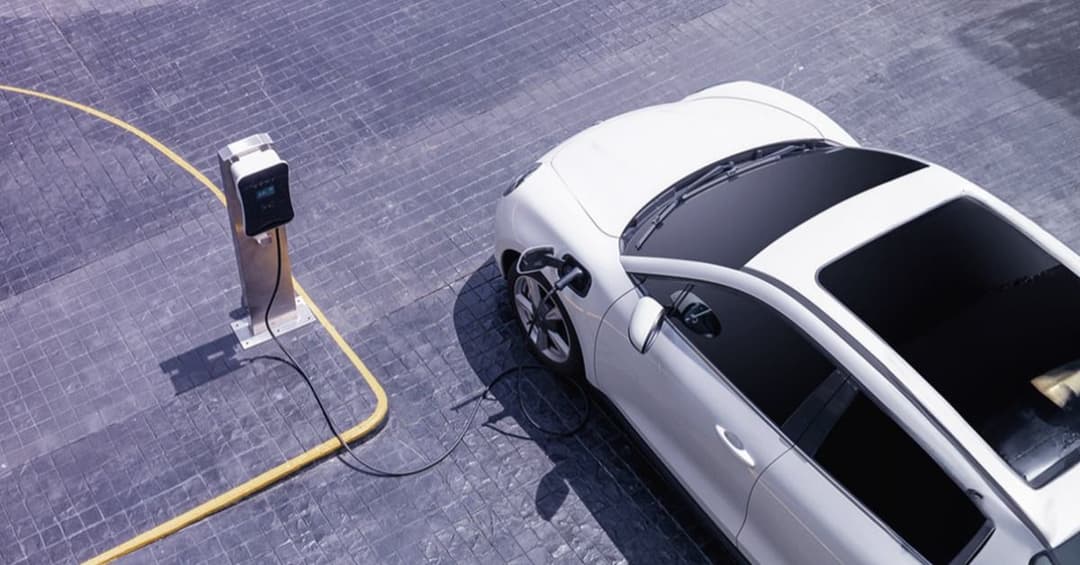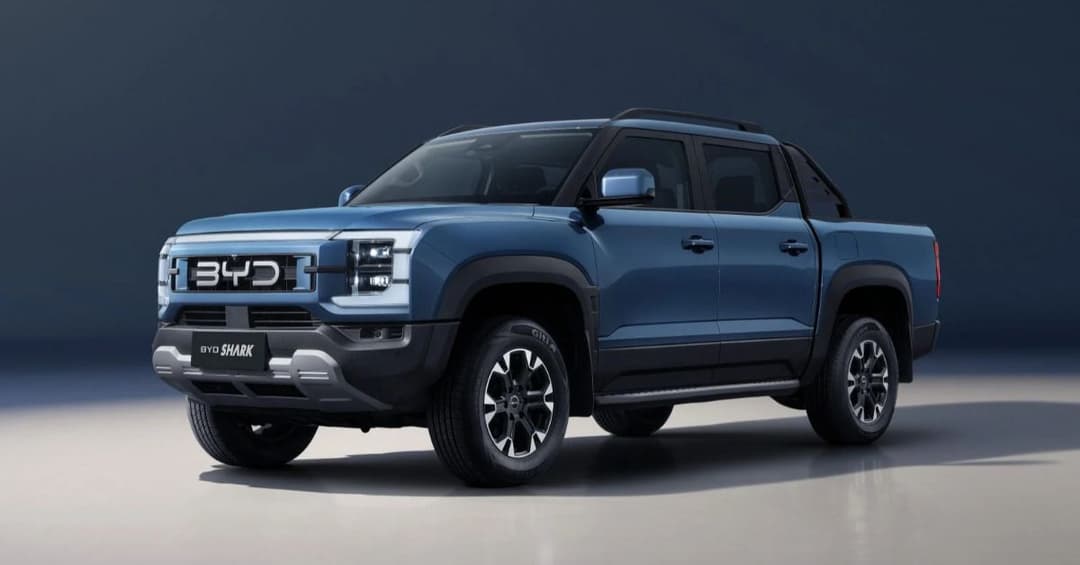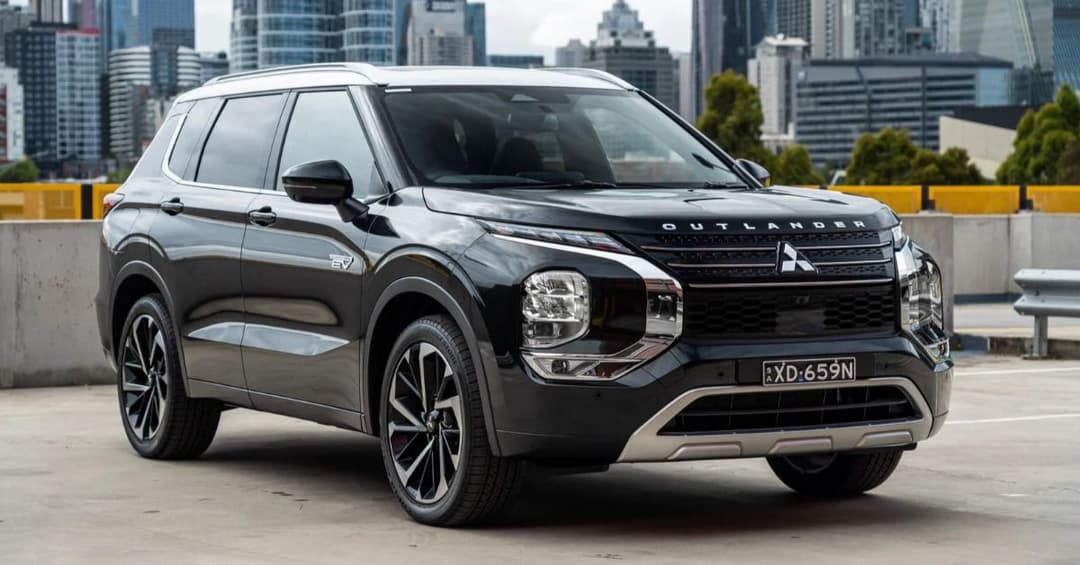The Fringe Benefits Tax (FBT) exemption for plug-in hybrid vehicles (PHEVs) is on track to expire on April 1, 2025, despite growing support from the automotive industry and federal government. With no clear path to securing Senate approval for an extension, this could mean higher costs for businesses and employees looking to lease a PHEV under the popular Electric Car Discount scheme.
▶️ MORE: Electric Car FBT Exemption Explained (2025) | Electric Car Incentives in Australia: State by State Guide (2025)

Why the PHEV Tax Exemption Is Ending
Introduced as part of the federal government’s push to encourage low-emission vehicle adoption, the FBT exemption made PHEVs and battery electric vehicles (BEVs) more affordable by eliminating a significant tax burden. However, when the bill passed in the Senate, Greens and independent Senator David Pocock insisted on a sunset clause to phase out the benefit for PHEVs, arguing that only fully electric vehicles should receive incentives.
While Climate Change and Energy Minister Chris Bowen has expressed support for keeping the exemption, political opposition means an extension won’t pass before the April deadline. The government has hinted that it could revisit the policy if re-elected in 2025, but for now, the FBT savings for PHEVs are set to disappear.
▶️MORE: Introduction to Electric Vehicles: BEV vs PHEV vs HEV

What You Need to Do Before the Expiry Date
To take advantage of the current FBT exemption for a PHEV, your lease lease must be fully settled and the vehicle delivered before 31 March 2025. Further details can be found on the ATO website.
How This Will Impact the Market?
The FBT exemption has contributed to a 100% surge in PHEV sales, pushing numbers past 20,000 units in the past year. It has also aligned with the arrival of models like the BYD Sealion 6, which has found over 5,000 buyers since June, competing directly with Toyota’s RAV4 Hybrid.
More importantly, a wave of PHEV utes is about to hit Australian shores, including the BYD Shark 6, GWM Cannon Alpha Hi4T, and Ford Ranger PHEV. Ford has also confirmed a Transit Custom PHEV, further expanding the lineup. With businesses and fleets making up a significant portion of the demand, the removal of the tax exemption could slow adoption of these electrified models. ▶️MORE: How You Save Money on an Electric Car Novated Lease

What’s Next?
If the exemption expires as expected, PHEV buyers using novated leases could face thousands of dollars in additional costs over the life of their lease. While the government has left the door open for a future policy shift, businesses and fleets looking to secure tax savings may need to act before April 1, 2025.
Will this policy change slow down PHEV adoption, or will the market adjust? With a wave of new electrified utes and SUVs set to arrive, the next 12 months could be a critical turning point for Australia’s transition to low-emission vehicles.
Stay up to date with the latest EV news
- Get the latest news and update
- New EV model releases
- Get money savings-deal
